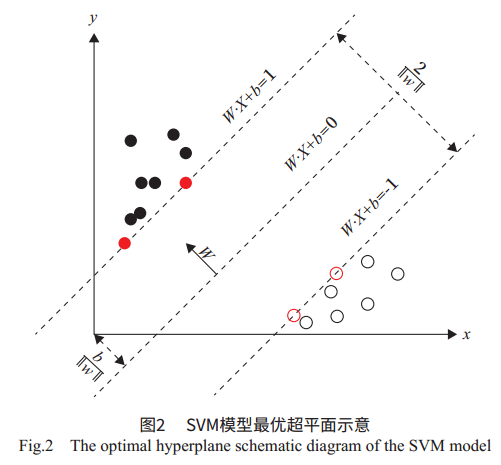[1]翟嘉琪,杨希祥,程玉强,等.机器学习在故障检测与诊断领域应用综述[J].计算机测量与控制,2021,29(3):1-9.
Zhai Jiaqi, Yang Xixiang, Cheng Yuqiang, et al. Overview of Application of Fault Detection and Diagnosis Based on Machine Learning[J]. Computer Measurement & Control, 2021, 29(3):1-9.
[2]郭一帆,唐家银.基于机器学习算法的寿命预测与故障诊断技术的发展综述[J].计算机测量与控制,2019,27(3):7-13.
Guo Yifan, Tang Jiayin. A Review of the Development of Life Prediction and Fault Diagnosis Technology Based on Machine Learning Algorithm[J]. Computer Measurement & Control, 2019, 27(3): 7-13.
[3]汪倩,周振威,陆裕东,等.转辙机的故障预测与健康管理技术[J].都市快轨交通,2015,28(1):58-61.
Wang Qian, Zhou Zhenwei, Lu Yudong, et al. Prognostics and Health Management Technology of Point Machine[J]. Urban Rapid Rail Transit, 2015, 28(1): 58-61.
[4]杨静.道岔故障诊断方法研究[D].南京:南京理工大学,2017.
[5]孙孟雷.基于神经网络的道岔转辙机故障诊断方法研究[D].成都:电子科技大学,2020.
[6] Yang Juhua, Li Xutong, Chen Guangwu, et al. Turnout Fault Diagnosis Based on DBSCAN/SOM[J]. Journal of Measurement Science and Instrumentation, 2021(12): 1-10.
[7]李孟澜.基于聚类集成的转辙机故障数据挖掘[D].成都:西南交通大学,2018.
[8]朱绪昌.基于灰关联的道岔信号控制系统故障诊断方法及其实现研究[D].兰州:兰州交通大学,2016.
[9] Wang Dengfei, Chen Guangwu, XingDongfeng, et al. Fault Diagnosis Method for Switch Control Circuit Based on SVM-AdaBoost[J]. Journal of Measurement Science and Instrumentation, 2020, 11(3): 251-257.
[10]孔令刚,焦相萌,陈光武,等.基于Mallat小波分解与改进GWO-SVM的道岔故障诊断[J].铁道科学与工程学报,2020,17(5):1070-1079.
Kong Linggang, Jiao Xiangmeng, Chen Guangwu, et al. Turnout Fault Diagnosis Based on Mallat Wavelet Decomposition and Improved GWO-SVM[J]. Journal of Railway Science and Engineering, 2020, 17(5): 1070-1079.
[11]习家宁.基于机器学习的集中监测道岔故障诊断研究与设计[D].北京:北京交通大学,2020.
[12]陈亭.基于道岔动作电流的故障诊断方法研究[D].成都:西南交通大学,2018.
[13]李林霄.基于改进卷积神经网络的道岔故障诊断方法研究[D].兰州:兰州交通大学,2019.
[14]杨菊花,于苡健,陈光武,等.基于CNN-GRU模型的道岔故障诊断算法研究[J].铁道学报,2020,42(7):102-109.
Yang Juhua, Yu Yijian, Chen Guangwu, et al. Research on Turnout Fault Diagnosis Algorithms Based on CNN-GRU Model[J]. Journal of the China Railway Society, 2020, 42(7): 102-109.
[15]左元.基于监测电流曲线的道岔故障诊断关键技术研究[D].西安:西安理工大学,2020.
[16]侯大山.基于神经网络的道岔故障预测和诊断[D].北京:北京交通大学,2019.
[17]钟志旺.铁路道岔健康状态评估与预测方法研究[D].北京:北京交通大学,2019.
[18]许庆阳.道岔故障诊断及健康状态预测[D].北京:北京交通大学,2018.
[19]高利民,许庆阳,李锋,等.基于SOM-BP混合神经网络的道岔设备退化状态研究[J].中国铁道科学,2020,41(3):50-58.
Gao Limin, Xu Qingyang, Li Feng, et al. Research on Degradation State of Turnout Equipment Based on SOM-BP Hybrid Neural Network[J]. China Railway Science, 2020, 41(3): 50-58.
[20]李园祥.基于神经网络的道岔转辙机退化模型的研究[D].北京:北京交通大学,2020.
|


